Chic peonies are a decoration for any flower bed: in different types and colors they can satisfy the most sophisticated tastes. In order for perennial plants to preserve and increase their beauty, it is necessary to begin preparing flowers for winter in September. This is not difficult to do, just follow the basic 5 rules of care.
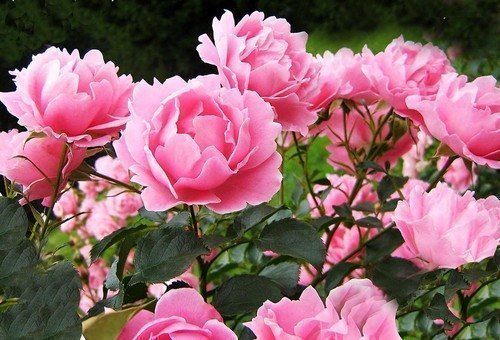
Transfer
The first thing to do while it is still warm is to plant bushes that are too dense. This is done once every five to six years. By the end of summer, peonies no longer have flowers, and all the nutrients obtained from the soil will be used to adapt to the new place. Favorable weather during this period of the season will help with rapid rooting.
The timing of plant division depends on the region: in the southern regions of Russia - this is the period from August 20 to September 25; in the middle zone and northwestern district - from the second ten days of August to September 25; in the Urals and Siberia - from August 20 to September 10. The basic rule is to do it 30-40 days before the first frost.
When planting, the divided bush is placed in a hole 0.5 meters deep, the bottom of which is lined with a four-centimeter drainage layer of sand, gravel or expanded clay. Half of the hole is filled with compost or manure. The remaining space is filled with turf and ash.

Pest protection
Peonies have a lot of enemies: ants, thrips, hop weeds, aphids, spider mites and others.To help the plant fight pests, even before pruning, the leaves and stems need to be treated with Karbafos, Iskra or yarrow tincture.
Viral and fungal diseases also pose a danger to peonies. When “rust” (orange and reddish-brown spots) appears on the leaves, the plants are sprayed with one percent Bordeaux mixture (a mixture of copper sulfate and slaked lime). It is also effective in the fight against “gray rot” (a fungus that causes young flowers to wither). The appearance of a white coating on the leaves is caused by “powdery mildew”. A suitable way to combat it is to spray it twice with a half-percent solution of soda and laundry soap.
Unfortunately, there are diseases that are almost impossible to cope with, including: “leaf spot” (the fungus “colors” the leaves with brown and purple spots), “Verticillium wilt” (plants wither in the truest sense of the word) and “Lemoine’s disease” ( plants stop blooming and become smaller). Gardeners recommend digging up infected stems along with a clod of earth and burning them so that the disease does not affect healthy peonies.
For preventive purposes, at the replanting stage, it is recommended to soak the roots of the plant in a solution of “Fitosporin” or potassium permanganate, and then in “Heteroauxin”.
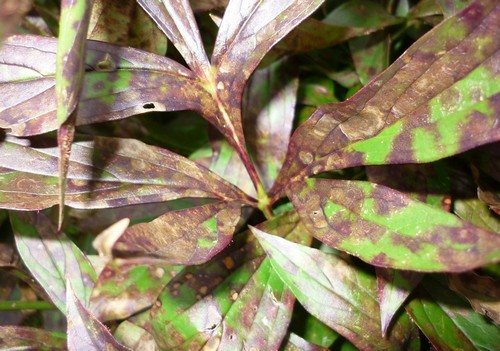
Top dressing
In order for the buds to be larger next year and the bushes to be more luxuriant in the fall, it is necessary to feed them. Gardeners do this from September 15 to October 20: the choice of period depends on the regional climate (approximately a month and a half before frost). As fertilizers, experts recommend choosing universal phosphorus-potassium fertilizers, suitable for all types of soils.Please note that peonies under three years of age do not require feeding. There is also no need to additionally fertilize the plants if they were fed during transplantation.
In the process of fertilizing plants, grooves 6-8 cm deep are dug around the leaves. After moistening, powder is poured into the recess at the rate of 20 g of phosphorus, 15 g of potassium per bush. This must be done carefully, avoiding getting granules on the neck of the stem (the transition point to the root). Then the soil is watered again with water to dissolve the powder. If desired, you can use liquid fertilizers or tablets diluted in settled water at room temperature.
Organic feeding in the form of mullein or chicken droppings diluted in water has a positive effect on the growth of peonies next year. The prepared solution (1 bucket of cow manure per 5 buckets of water or 1 bucket of chicken manure per 25 buckets of water) is left in the sun for two weeks, after which 200 g of superphosphate and half a kilo of ash are added to it. Before watering, the fertilizer is diluted at the rate of 1 part of the mixture with mullein - 2 parts of water or 1 part of the mixture with bird droppings - 3 parts of water.
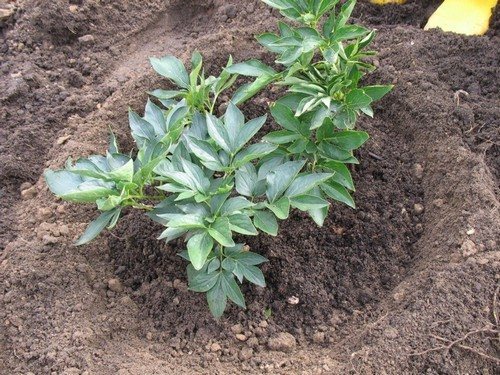
Trimming
After the peonies have bloomed, the plants enter the phase of forming flower buds, from which buds will appear next summer; At the same time, the bulb grows intensively. During this period, the roots need to receive nutrients from the soil. Therefore, gardeners recommend pruning in late autumn during the first frost (late October - early November).
During the procedure, leaves and stems are cut off as much as possible with a special tool (you can leave small stems above the growth buds). To prevent diseases, the removed greens are burned.

Shelter
In most Russian regions, winters are quite severe, therefore, in order for peonies to survive the cold period, it is necessary to create certain conditions.
As frost approaches, plants should be hilled up and mulched (covered with compacted sawdust, dry grass or peat on top). You can use spruce branches, dry grass, or tree bark as shelter, but remember that annual use of this material can lead to acidification of the soil. The thickness of the mulch layer is on average 15-20 cm. In winter, if possible, you can throw snow over the places where peonies grow. This will provide additional protection from severe frosts.
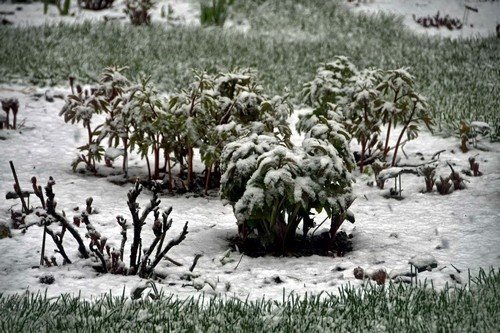
Peonies are delicate, lush and bright flowers that are impossible to pass by. At the same time, they are completely unpretentious. And if you follow simple rules for caring for these plants, they will delight you with their beauty for many years.


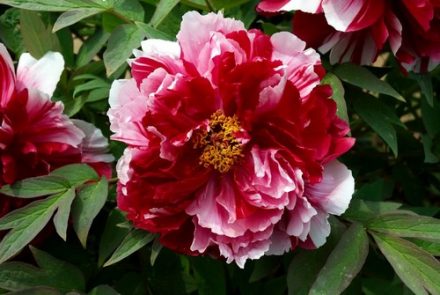

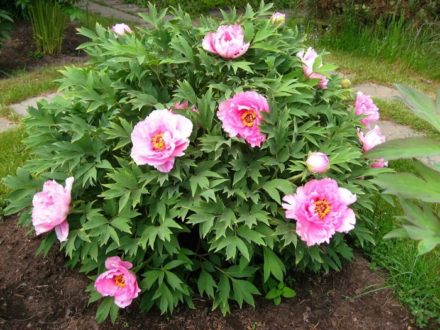

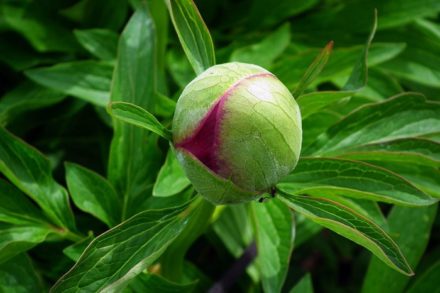
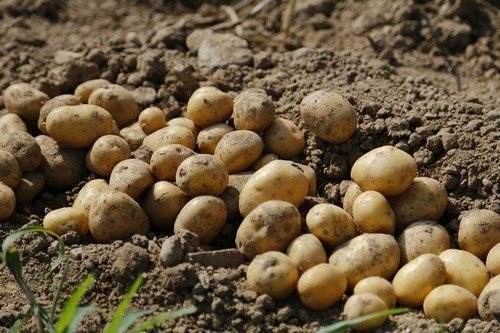
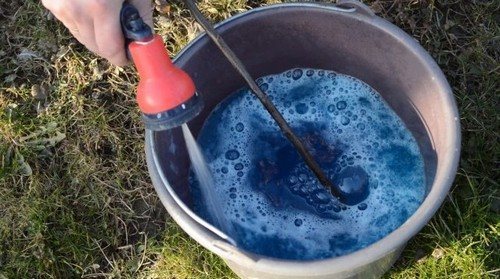
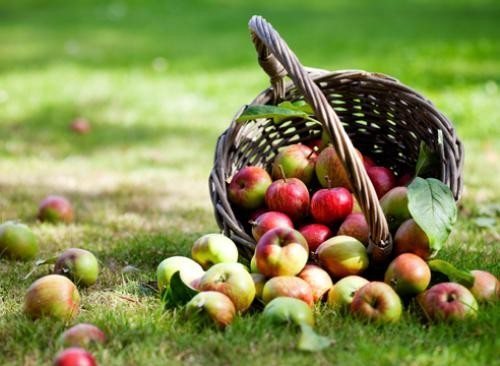
Are you sure that peonies have a bulb?